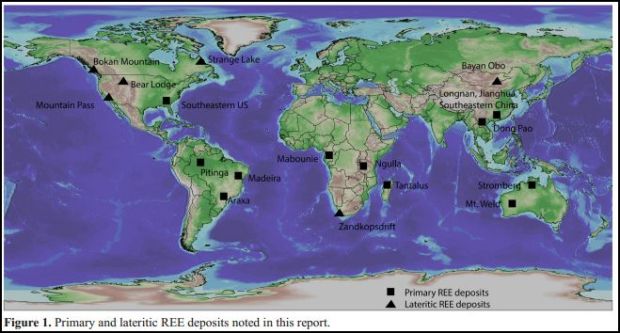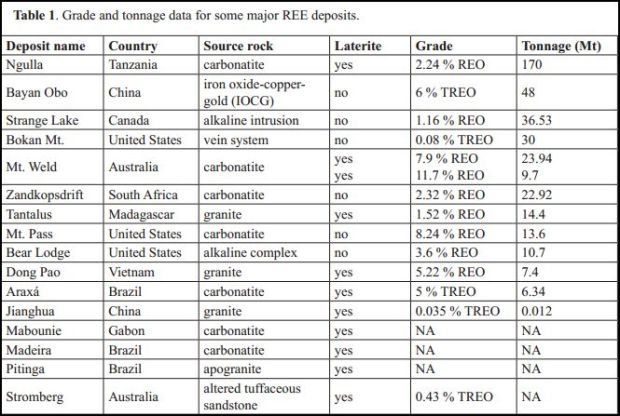The US Department of Energy’s National Energy Technology Laboratory (NETL) has identified high concentrations of rare earth elements (REE) in coal samples collected from several American coal basins and is doing research to see if these minerals are economically recoverable.
According to the Energy Business Review, samples
were collected from the Illinois, Northern Appalachian, Central Appalachian, Rocky Mountain Coal Basins, and the Pennsylvania Anthracite regions. The samples were found to have high REE concentrations greater than 300 parts per million (ppm).
NETL said: “Concentrations of rare earths at 300ppm are integral to the commercial viability of extracting REE from coal and coal by-products, making NETL’s finding particularly significant in the effort to develop economical domestic supplies of these elements.”
NETL has partnered with West Virginia University (WVU), the University of Kentucky (UK), Tetra Tech, and the XLight for the research project.
The current difficulties and high expenses associated with REE extraction has left the U.S. dependent on foreign REE imports. Currently, China supplies about 90 percent of REE used in industry.
Rare earth elements are vital to modern society. Some of the uses include computer memory, DVDs, rechargeable batteries, cell phones, catalytic converters, magnets, fluorescent lighting, night-vision goggles, precision-guided weapons, communications equipment, GPS equipment, batteries, and other defense electronics.
There are 17 naturally occurring rare earth elements: yttrium, scandium, lanthanum, cerium, praseodymium, neodymium, promethium, samarium, europium, gadolinium, terbium, dysprosium, holmium, erbium, thulium, ytterbium, and lutetium.
Despite the name “rare earths” the more common REE are each similar in crustal abundance to commonplace metals such as chromium, nickel, copper, zinc, molybdenum, tin, tungsten, and lead, but REE rarely occur in economic concentrations, and that’s the problem.
The U.S. used to be self-sufficient in REE due to one deposit, Mountain Pass in the Mojave desert, California, just west of Las Vegas, Nevada. That mine, a carbonatiteintrusion with extraordinary contents of light REE (8 to 12% rare earth oxides) was discovered in 1949 and began production in 1952. Mining ceased in 2002 due to low prices and some environmental regulatory trouble triggered by a tailings spill. However, the mine was reactivated in 2012 but went bankrupt in 2016. Another company (a Chinese consortium) purchased the property in July, 2017, and is working to restart operations.
Some other U.S. rare earth resources are shown on the map below.
See a power-point essay on REE that explains geology, deposit types, and many more details.
One of the authors of that power-point says:
“For example, a typical coal contains 62 parts per million (ppm) of total rare earth elements on a whole sample basis. With more than 275 billion tons of coal reserves in the United States, approximately 17 million tons of rare earth elements are present within the coal—that’s a 1,000-year supply at the current rate of consumption.” —Dr. Evan Granite, NETL
The report also says that abandoned tailings piles from coal and iron mines may be important resources of REE.
Dr. Granite says that the United States consumes around 16- to17 thousand tons of REE each year, and this demand could be completely satisfied by extracting rare earths from domestic coal and coal by-products.
See also:
Rare Earths Resources in the US





